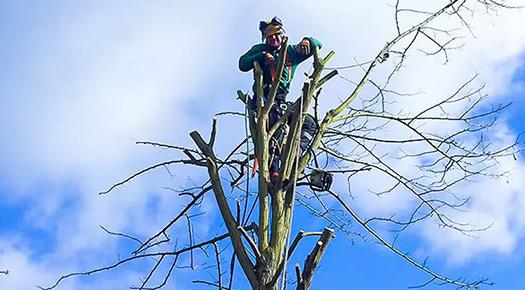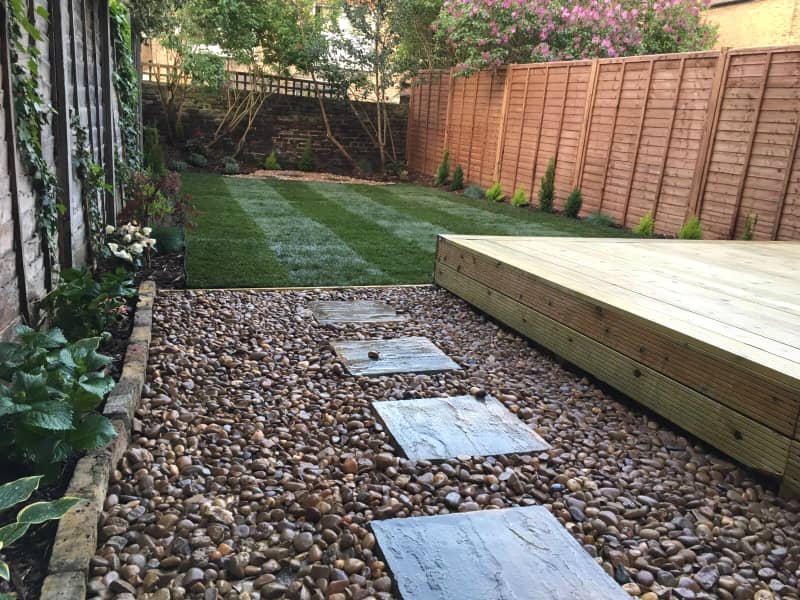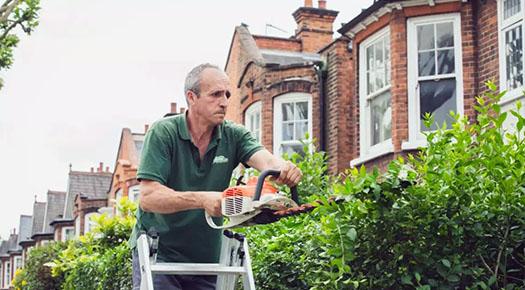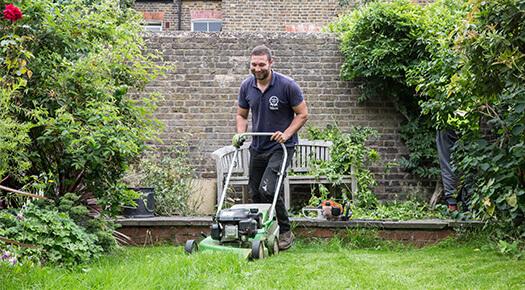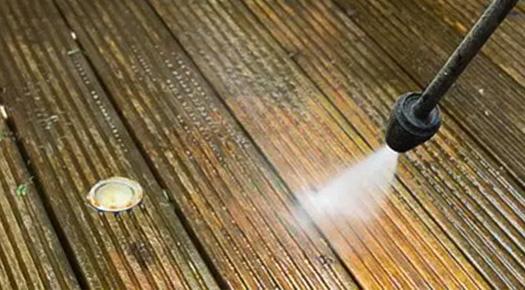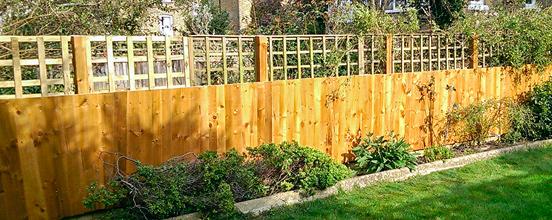Let the sunshine in with our tree trimming and pruning service in London
- Call out safe, fully qualified tree surgeons
- Trusted experts using professional equipment and safety gear
- Count on specialists for the treatment of trees up to 65 feet high
- Tree surgeons are licensed to work safely at height

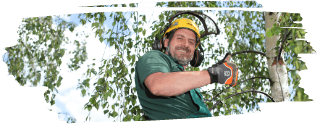
What you'll see during your tree trimming and pruning service in London
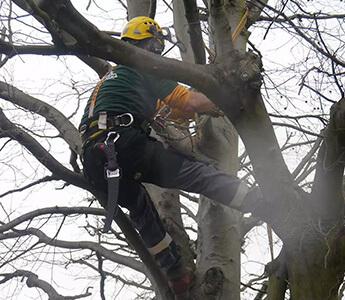
Get in touch to receive a free estimate of the cost of the tree trimming service you need in London. When your team arrives, they will confirm your quote. Otherwise, they can provide you with a quote on-site.
Assessment is where our qualified tree surgeons always begin. This professional inspection allows them to select the best tree trimming and pruning techniques - the ones which will best match the shape, size and condition of your tree, as well as the unique requirements of its species.
Rest assured that all of the tree trimming services we deliver in your area and across the country are delivered using the latest tree surgery equipment and methods. We cut branches in a way which eliminates the risk of tearing and later infection. We also leave an even balance of branches so that your tree remains safe and stable.
When it comes to cutting back dead, damaged, and diseased branches, we work in full accordance with BS3998 (British Standards) guidelines. If you have any questions at all about how we employ our expertise, please do contact us to chat with an expert.
Why is tree pruning and trimming vital for green health?
- Young trees need to be pruned effectively if you want them to have a strong frame for later growth.
- Although the process may appear a little cruel, it is actually very healthy for the tree.
- Removing dead or diseased branches is good for protecting you from property damage as well as your tree's health!
- Fewer branches mean more sunlight can reach the tree as well as plants, other trees, and flowers beneath its canopy.
- Heavier branches can be easier to damage by their own weight or the wind - removing them is a good idea for your tree.
- If you want your tree to be healthier (and produce more fruit if it's fruit-bearing), regular crown pruning maximises the right conditions.
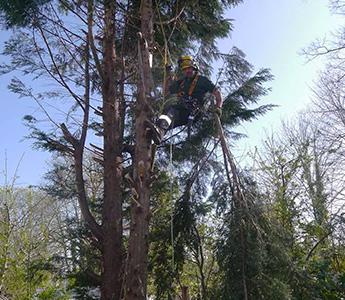
Why choose our tree trimming and pruning service in London?
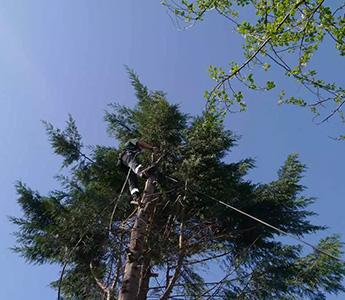
To coin a phrase, a tree surgeon's expertise doesn't grow on trees. Fantastic Gardeners' professionals have extensive knowledge, training, qualifications, and all the certifications needed to ensure that all of the tree pruning services we deliver in London, as well as tree felling, are safe for everyone involved. You, our specialists, and - perhaps most importantly - your trees.
Because tree maintenance services should only be handled by people with the right skills and the right equipment. If your trees aren't cared for correctly, you risk:
- Damage to your trees caused by too much cutting or incorrect pruning.
- When this damage is done, it may cause long-term problems.
- In the short term, shocked trees try to recover by producing unhealthy streams and leaders.
- These tend to fail, causing weak attachments and eventual death.
- Fruit trees need to be pruned at the right time of year if you want them to produce well.
Certified tree surgeons near you:
Frequently asked questions

Have a specific gardening or plant-related question?
If so, click on “Ask now”, submit your question, attach the appropriate images and press send. Your question will be forwarded to one of our Fantastic Gardeners who will get back to you with an answer ASAP.

